 Facebook
Facebook
 X
X
 Instagram
Instagram
 TikTok
TikTok
 Youtube
Youtube
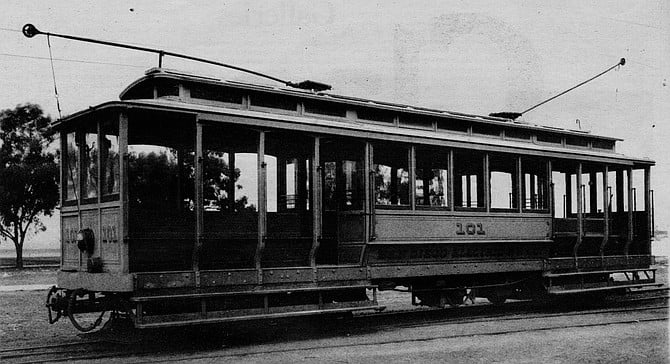
In the summer you could get a fifty-cent pass for the whole week. ” She recalls passing her ticket out the window to a friend to squeeze two rides for the price of one, joining others in rocking the vehicle back and forth until the motorman became angry, and using the trolley to ride to San Diego High in the morning or to music lessons in the afternoon.
By Coleman Warner, Feb. 15, 1979 | Read full article
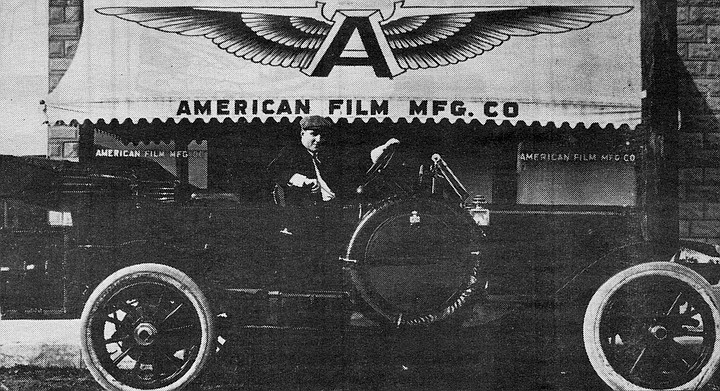
A 1983 Daily Californian story suggested that the studio was built behind the plot of land where the La Mesa branch of Anthony’s Fish Grotto has stood for decades (at 9530 Murray Drive). But one long-time East County resident wrote the paper to quarrel with this finding: “The old Grossmont Studios building was not located near Anthony’s, unless the restaurant has moved in the last couple of years.... [It] was located west of Fuerte Drive….”
By Roger Anderson, Sept. 7, 1989 | Read full article

Harris looked at census figures and at the movement of African-American churches. In the late 1920s, most had shifted to the Southeast portions of the city. As had “Negro housing,” which “shifted from the downtown and waterfront areas to ‘Southeast San Diego.’ ” It became “confined to the area lying south of Market Street and west of Wabash Boulevard. As the community spread east, Helix Freeway [now Highway 94] became the northern ‘boundary.’”
By Jeff Smith, June 18, 1998 | Read full article
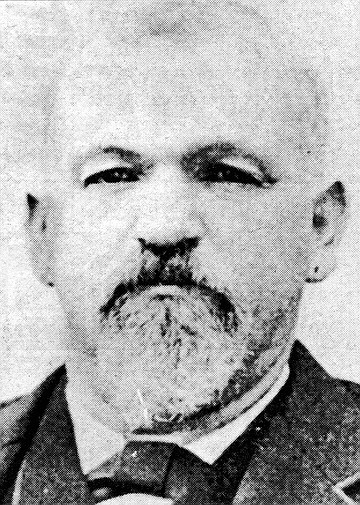
Pietro Lusardi came to San Diego with his brother, Francesco. They ran sheep on Mt. Palomar, then built a 3000-acre sheep ranch in the Black Mountain area of Rancho Santa Fe (iHenry Lusardi, Francesco’s son, stated that “his father and Uncle Pietro accumulated a good portion of their ranch by having their Basque shepherds, who cared little for owning land, file on the land, then sell the acreage to their employers”).
By Jeff Smith, Aug. 17, 2000 | Read full article
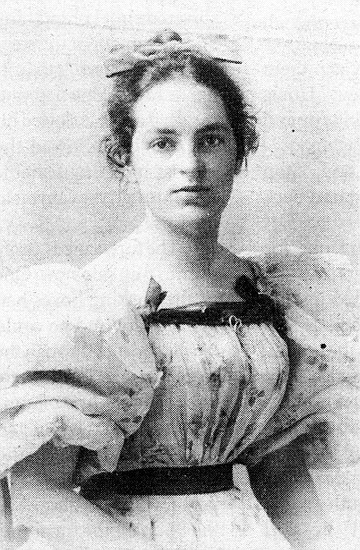
The first thing she did upon her arrival was to purchase a little apartment building near Balboa Park, which she christened “The Wallraven,” Once it was occupied by her tenants of choice, Grandmother instituted her Sunday Salons, glorified afternoon-tea parties, to which she invited her newly adopted neighbors, among them the Marstons, the Klaubers, and Colonel Fletcher and kin. Some of these founders-to-be took part in the Salon’s entertainments — recitations, musicals, plays — often offered in the garden.
By Joan Duryee Hamilton Wells, Nov. 21, 2001 | Read full article
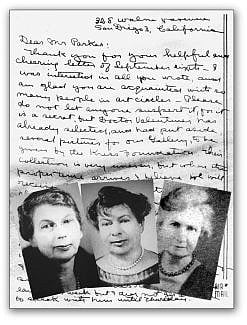
In 1900, still dividing their time between New York and Vermont, Anne turned 33, Irene 31, and Amy 26. They were still not married. Perhaps spinsterhood did not look ignoble to the three Putnams. They had lively Aunt Amy Bishop as a happy example (the maiden aunt whose letters urging the youngsters to learn taxonomy, botany, biology, are preserved in the files). One of their female cousins, a physician, never married.
By Judith Moore, March 25, 2004 | Read full article

“The three villages that make up the great city of San Diego are the Playa, Old Town, and New Town. At the Playa [the southern shore of Point Loma from Ballast Point to the old Naval Training Center] there are but few buildings at present, and these are not remarkable for size or architectural beauty of design…. It is not at all improbable that should the great Pacific Railroad terminate at San Diego...the Playa must be the depot.”
By Jeff Smith, July 29, 2004 | Read full article


In the summer you could get a fifty-cent pass for the whole week. ” She recalls passing her ticket out the window to a friend to squeeze two rides for the price of one, joining others in rocking the vehicle back and forth until the motorman became angry, and using the trolley to ride to San Diego High in the morning or to music lessons in the afternoon.
By Coleman Warner, Feb. 15, 1979 | Read full article

A 1983 Daily Californian story suggested that the studio was built behind the plot of land where the La Mesa branch of Anthony’s Fish Grotto has stood for decades (at 9530 Murray Drive). But one long-time East County resident wrote the paper to quarrel with this finding: “The old Grossmont Studios building was not located near Anthony’s, unless the restaurant has moved in the last couple of years.... [It] was located west of Fuerte Drive….”
By Roger Anderson, Sept. 7, 1989 | Read full article

Harris looked at census figures and at the movement of African-American churches. In the late 1920s, most had shifted to the Southeast portions of the city. As had “Negro housing,” which “shifted from the downtown and waterfront areas to ‘Southeast San Diego.’ ” It became “confined to the area lying south of Market Street and west of Wabash Boulevard. As the community spread east, Helix Freeway [now Highway 94] became the northern ‘boundary.’”
By Jeff Smith, June 18, 1998 | Read full article

Pietro Lusardi came to San Diego with his brother, Francesco. They ran sheep on Mt. Palomar, then built a 3000-acre sheep ranch in the Black Mountain area of Rancho Santa Fe (iHenry Lusardi, Francesco’s son, stated that “his father and Uncle Pietro accumulated a good portion of their ranch by having their Basque shepherds, who cared little for owning land, file on the land, then sell the acreage to their employers”).
By Jeff Smith, Aug. 17, 2000 | Read full article

The first thing she did upon her arrival was to purchase a little apartment building near Balboa Park, which she christened “The Wallraven,” Once it was occupied by her tenants of choice, Grandmother instituted her Sunday Salons, glorified afternoon-tea parties, to which she invited her newly adopted neighbors, among them the Marstons, the Klaubers, and Colonel Fletcher and kin. Some of these founders-to-be took part in the Salon’s entertainments — recitations, musicals, plays — often offered in the garden.
By Joan Duryee Hamilton Wells, Nov. 21, 2001 | Read full article

In 1900, still dividing their time between New York and Vermont, Anne turned 33, Irene 31, and Amy 26. They were still not married. Perhaps spinsterhood did not look ignoble to the three Putnams. They had lively Aunt Amy Bishop as a happy example (the maiden aunt whose letters urging the youngsters to learn taxonomy, botany, biology, are preserved in the files). One of their female cousins, a physician, never married.
By Judith Moore, March 25, 2004 | Read full article

“The three villages that make up the great city of San Diego are the Playa, Old Town, and New Town. At the Playa [the southern shore of Point Loma from Ballast Point to the old Naval Training Center] there are but few buildings at present, and these are not remarkable for size or architectural beauty of design…. It is not at all improbable that should the great Pacific Railroad terminate at San Diego...the Playa must be the depot.”
By Jeff Smith, July 29, 2004 | Read full article
Comments